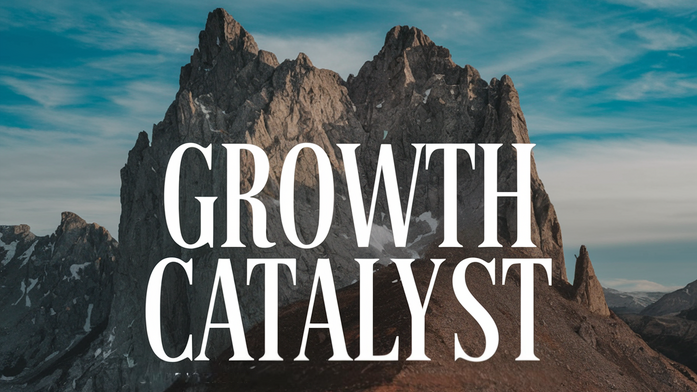LEADERSHIP IS AT A CROSSROADS
80% of employees don't trust their leadership -(Gallup poll 2024)
You're working harder than ever. Your schedule is packed, your team (and your family) relies on you for guidance, and the weight of performance feels unrelenting. Yet despite your effort, something feels off.
You've probably noticed:
The harder you push, the more resistance you encounter.
Your team seems disengaged or stuck.
Innovation feels forced, not flowing.
Your energy is running on empty, leaving you less present for what matters most.
YOU'RE NOT ALONE!
Today's leadership landscape is fragmented and littered with unmet expectations. Traditional methods—whether they rely on force, sacrifice, or relentless giving—aren't sustainable. Even servant leadership, with its noble intentions, often depletes leaders, leaving them unable to sustain their impact.
Recent studies indicate that:
Burn out Crisis
72% of leaders report feeling burned out or overwhelmed (1)
Lackluster Leadership
65% of employees would choose a better boss over a pay raise (2)
Innovation Gap
Only 23% feel that their leaders effectively foster innovation (3)
Authentically Void
82% of leaders lack authenticity according to their teams (4)
WHEN VISION, GRIT, & MOMENTUM AREN'T ENOUGH
The problem isn't your effort or dedication. It's the fundamental approach.
We've found that the most powerful leadership happens effortlessly, as if by osmosis.
This is the promise of leading from the Osmotic Edge:
Effortless influence that's bold, aligned, and deeply impactful.
Don't just buy back your time, create more of it by learning the secrets to EFFORTLESS IMPACT.
Curious what LinkedIn has to say about Osmotic Leadership™, click HERE
EFFORTLESS ISN'T PASSIVE, IT'S THE ULTIMATE STRENGTH!
WHAT DOES THE SCIENCE SAY?
The Osmotic Edge leadership blueprint has insights and best practices from:
Neuroscience: How leadership affects brain function
Psychology: Understanding motivation and growth
Systems Theory: How influence naturally flows
Quantum Physics: The power of presence and intention
Get access to the Osmotic Edge Leadership Blueprint - FREE!
What's fascinating is how this model solves the fundamental flaw in both traditional and servant leadership - the depletion problem. It's like creating a perpetual motion machine of leadership influence, where your presence alone generates positive change.
Nikola Tesla (visionary mind in a digital world)

Leading Change in Fast-Moving Companies
In the middle of a significant organizational shift last year, a CEO I was working with asked me, "Why does growth feel like duct-taping wings to a car and hoping it’ll fly"
His frustration was palpable and familiar. Despite clear vision, solid planning, and what seemed like thorough communication, change initiatives in his growing company kept stalling. Some died quietly; others limped along, never quite delivering their promised impact.
What I've discovered after working with dozens of early growth and mid-market companies is that change isn't failing because of poor strategy or lack of resources. It's failing because we've fundamentally misunderstood where change actually happens.

